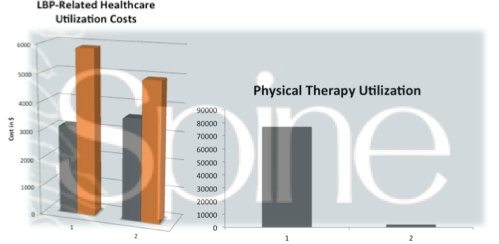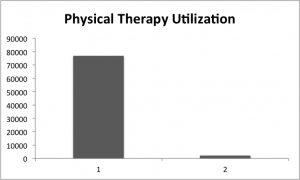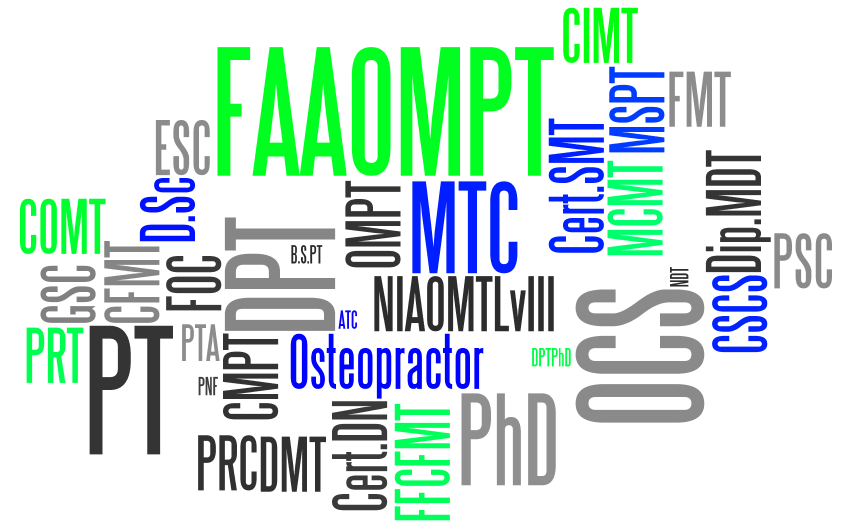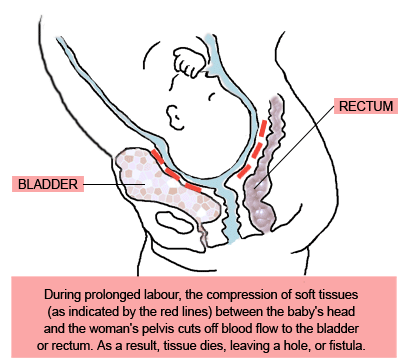In a recent article in the NY Times entitle, “The Year of the MOOC,” writer Laura Pappano describes an exciting, ongoing disruption in education. MOOCs, or Massive Open Online Courses, are quickly becoming the next big thing. I’ve taken or am taking several of these and I very much enjoy the learning process. The ability to engorge your mind with such high-quality content is unmatched. However, don’t think this is simply sitting back and getting fed information. These courses, usually mirrors of the on-campus versions of the courses, can be a lot of work!
There are obvious implications for healthcare within this framework. In fact, the University of Texas System recently joined up as a main partner with EdX, a collaborative including Harvard, University of California Berkley, and MIT. In their press release on the matter, the UT office spoke directly to the idea of including health-based offerings on the EdX platform.
The UT System brings a large and diverse student body to the edX family. Its six health institutions offer a unique opportunity to provide groundbreaking health and medical courses via edX in the near future. The UT System also brings special expertise in analytics – assessing student learning, online course design and creating interactive learning environments.
Within the next year, expect to see MOOCs being offered with options to pay for credits. Within the next few years, expect to see a wholly different educational environment that what we have today. University education is set to undergo a rapid evolution. Here’s to hoping this evolution occurs consistent with the traditionally high standards that have always existed, and here’s to hoping physical therapists can find a way to educate more than just future PT’s using such tools. It’s a clear opportunity for worldwide advocacy.
















